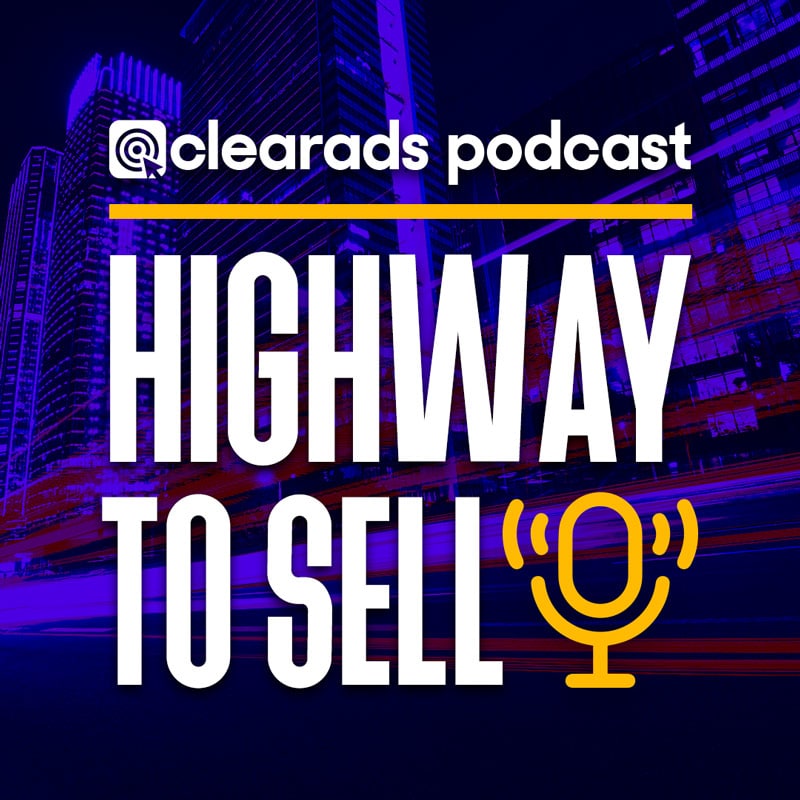George:
It’s not always wise to apply for a patent, but trademarks are a no-brainer. Let’s unpack why.
Rich:
Totally. For Amazon sellers, a registered trademark is a prerequisite for Brand Registry. Beyond that, it lets you stop other sellers from using confusingly similar names that could mislead your customers.
The trap I see: people delay filing. What could’ve been a ~$2K process turns into a $50K+ problem when you’re trying to unwind someone else’s rights because they filed first.
George:
Timelines always trip teams up. How long does a trademark really take?
Rich:
Plan on 12–18 months to get it registered. The key is file now—as soon as it’s filed, you can usually apply for Brand Registry with Amazon using the application number.
Trademarks seem simple but are highly nuanced. DIY filings go sideways a lot: a year passes, the examiner rejects it, and it’s often not fixable because the application was misfiled. You lose time and priority. Work with someone who does this all day.
George:
What about names that are close to other brands?
Rich:
That’s where the nuance matters—distinctiveness, overall commercial impression, how close the industries are, and whether there’s room to carve out a niche. You need to know what arguments the USPTO accepts.
George:
When should a seller apply—before launch, after listing, or later?
Rich:
Unlike patents, it’s never “too late” to apply for a trademark. If a family business has used a brand for 20 years and no one else filed first, you can still file (unless someone already beat you to it).
That said, file early—as soon as you start investing: placing inventory orders, printing packaging, building a site. If you’re still kicking around names and any one of them could work, it’s a bit early. Once something is at stake, file.
George:
What if there’s already a conflict—should they file to “win” the dispute?
Rich:
If there’s a real conflict, filing won’t fix it. Sometimes the answer is rebrand. If you’ve got senior rights (e.g., 10 years of use) and a newcomer pops up, then we document your rights and go after them. But by the time it’s contentious, a new filing isn’t the solution.
George:
What should teams do before they pick a name and spend on packaging?
Rich:
Start with a comprehensive trademark search. The same issues that block registration will also cause marketplace conflicts. Do the search first—then file.
George:
How can listeners reach you?
Rich:
I’ve got a team member, Larry Slavin, whose entire job is to speak with sellers about trademarks/patents and see if we’re a fit. Book a call at speaktolarry.com. He actually calls you back—apparently that’s rare!
Tom:
Welcome back to Highway to Sell! Tom here—Head of Accounts at Clear Ads. After a sabbatical in Japan, I’m back, recharged. This week we’re continuing our guest series with George Merresa, and two fantastic guests: Rich Goldstein (IP & trademarks) and Sean Hart (Post Purchase Pro). You’ve just heard Rich—now on to brand referrals and retention with Sean.
George:
I’m here with my friend Sean Hart. We usually meet when he’s on stage, so this is a treat. Sean, your background before Amazon?
Sean:
Before Amazon (I started in 2013), I was in direct response marketing—TV, radio, newspaper. Those businesses live or die on backend sales—everything that happens after the first purchase.
I approached Amazon differently: build a relationship with customers (not popular because Amazon sits between the buyer and seller). But the customer is the most valuable asset—not the product or the brand name. Most sellers make a sale and go chase the next one, ignoring the customers they already have.
We focused on keeping and reselling to customers. Out of $153M in revenue, 41% (~$62M) came from post-purchase activity.
George:
Wow. And doing that within Amazon’s Terms of Service?
Sean:
Absolutely. Sellers get in trouble when inserts say things like “Leave a review for a free gift.” That’s against TOS.
We create a TOS-safe path where the customer chooses to engage with the brand for customer service and value. Example: for a fitness product, include a helpful insert—“Thanks for your purchase. To get the best results and avoid misuse, scan this code for a quick setup/how-to video.” That’s service, not manipulation.
Think of it like Mr. Coffee asking you to register your warranty, or Nike prompting you to download the app. The customer voluntarily connects. That’s compliant.
George:
So what opportunities do you see with post-purchase?
Sean:
It’s everything after the first purchase—email, SMS, content, usage guides, loyalty—keeping your brand top of mind. Don’t decide the customer only needs one hammer or one pillow; let the customer vote with their credit card—reorders, gifts, bundles, cross-sells, referrals.
George:
Any success stories you can share?
Sean:
One client doing $40M/year ran his first email campaign with us and generated $54,000 in additional revenue. He even captured brand referral/attribution bonus dollars on top. That’s not typical for first campaigns, but the principle stands: be present when they’re ready to buy again—or when they refer a friend.
George:
Where can people find you?
Sean:
postpurchasepro.com — we’re a done-for-you post-purchase marketing service for Amazon brands. And check out our weekly Post Purchase Podcast for strategies you can apply immediately.
If I can leave you with one line: As a seller, your job is to create transactions on Amazon. Our job is to make every one of your Amazon customers more valuable—by keeping them longer and compelling them to buy more.
That’s a wrap for this guest episode. If you found it useful, please share the podcast with friends, colleagues, and fellow sellers. If you—or someone you know—wants expert help with Amazon advertising, book a call at clearadsagency.com. We’d love to audit your account and see where we can help.
See you next time on Highway to Sell!
